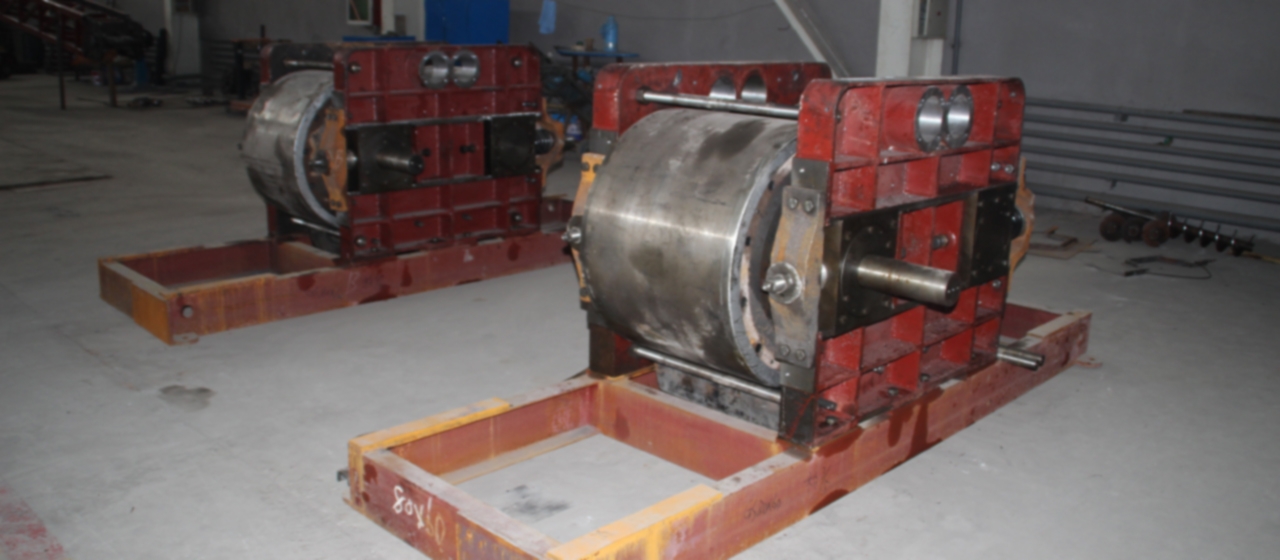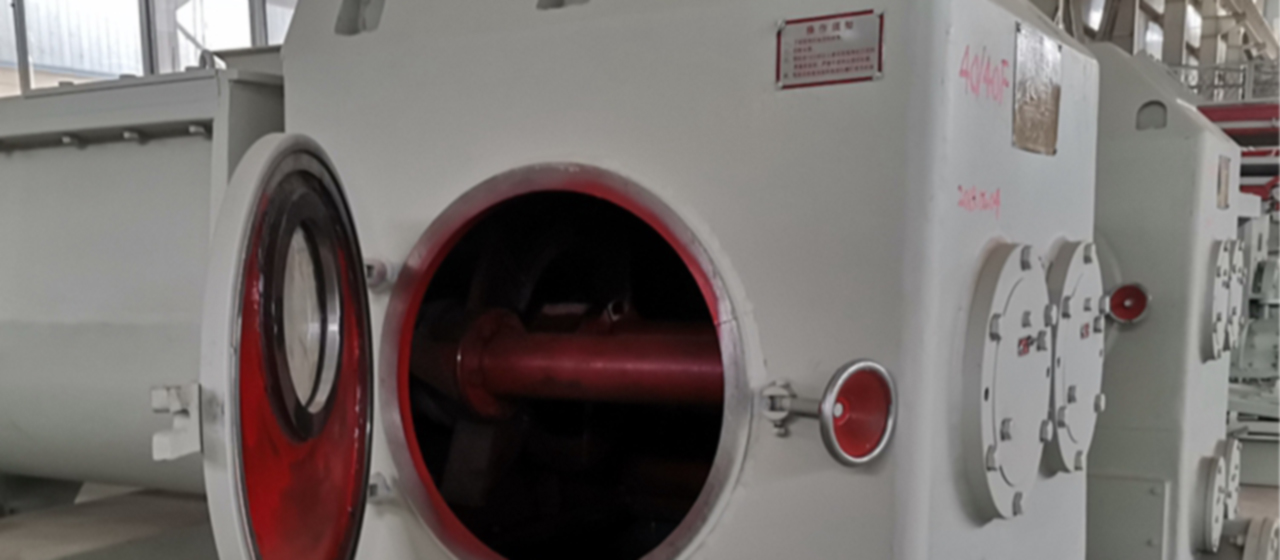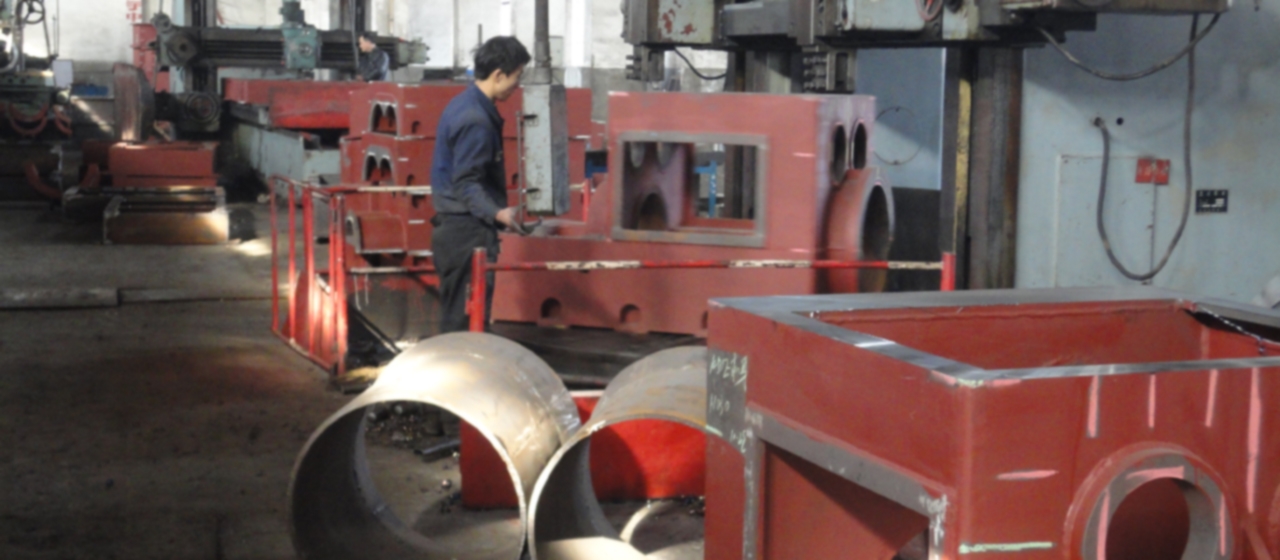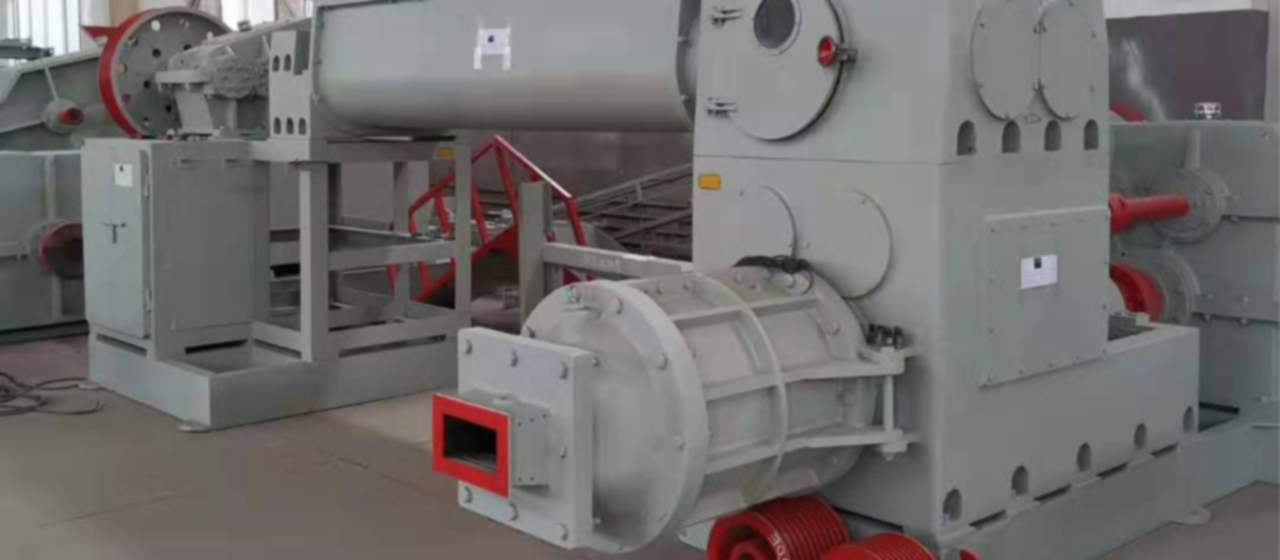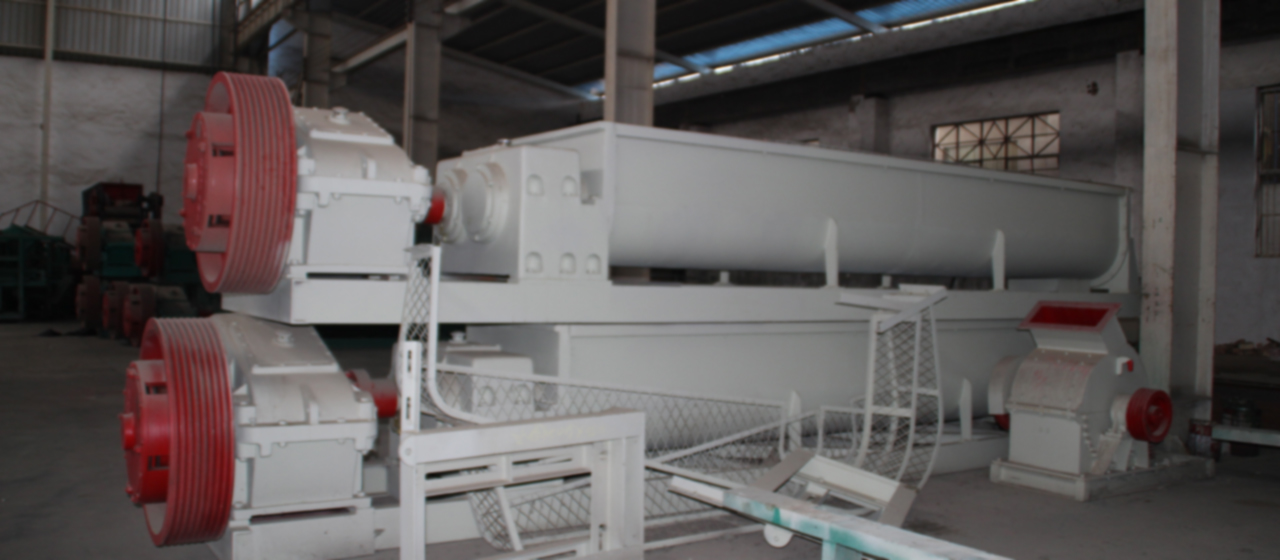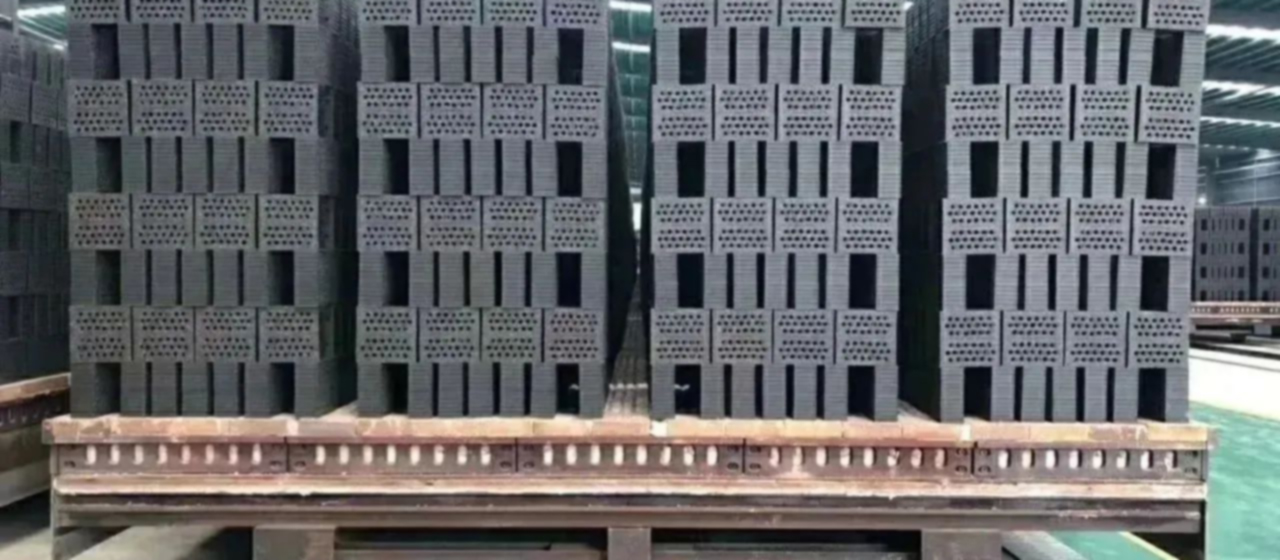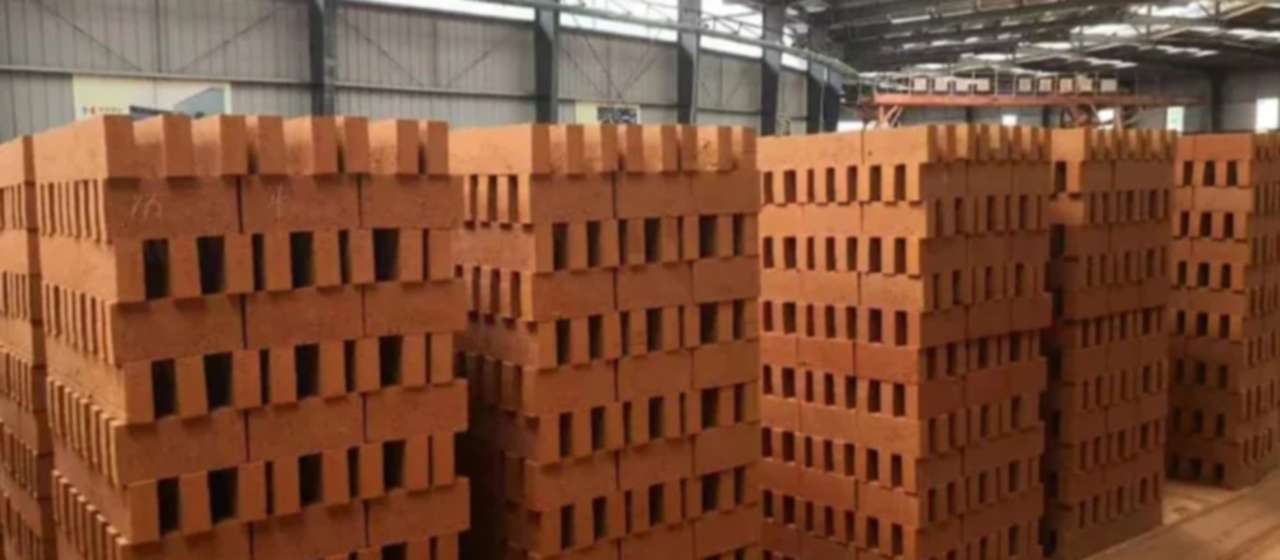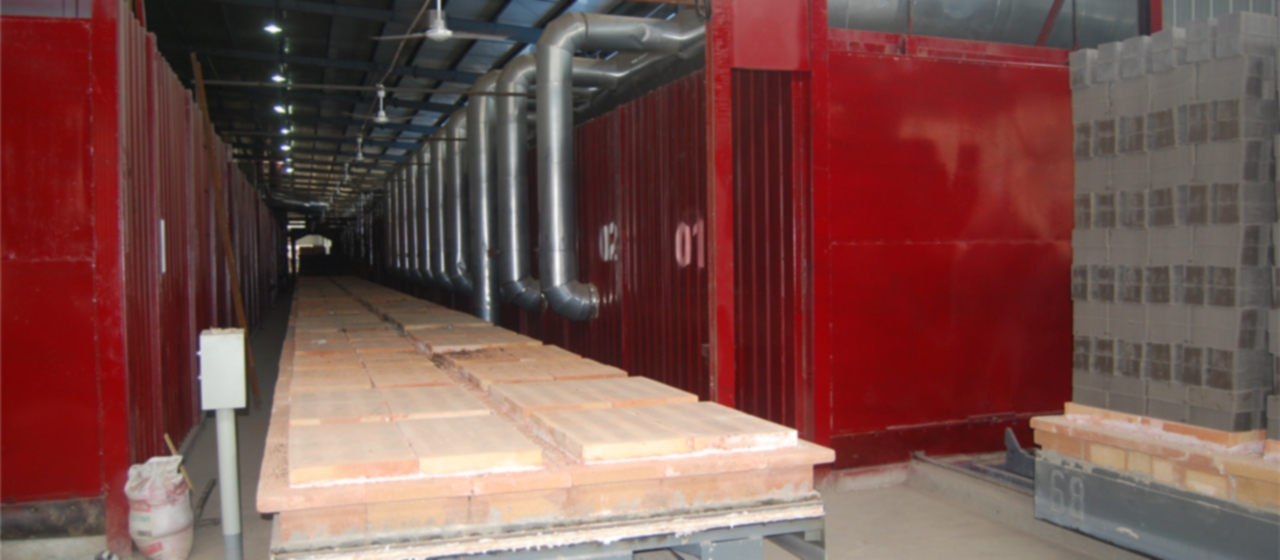Trockenofen
Die Ursachen und Lösungen saisonaler trockener Kantenrisse in Lehmziegeln
Unter Trockenrissbildung versteht man das Phänomen, dass beim Wischen mit Kerosin am Eingang des Trockenofens keine Risse festgestellt werden, Beim Abwischen am Ausgang des Trockenofens treten jedoch Risse und deutliche Trockenstellenmerkmale auf. Trocknen ist ein dynamischer Prozess, und aus einer Prozessperspektive, Die Qualität der Trocknung hängt von der Stabilität der Logistik ab, Energiefluss, Übertragungssystem, Wärmeverteilung, Druckverteilung, und Feuchtigkeitsverteilung im Trockenofen.
Der niedrige Feuchtigkeitsgehalt des Pulvers im Winter und Frühling (um 6%) soll ein Verklumpen und eine schlechte Fließfähigkeit des Pulvers aufgrund niedriger Temperaturen verhindern, was sich auf die Gleichmäßigkeit des Stoffes auswirkt. Wenn die hohen Temperaturen im Sommer zu Ende gehen 40 ℃, Die Ofenwerkstatt kann sogar bis zu 100 m erreichen 50 ℃, und die Temperatur in der Rohstoffwerkstatt liegt ebenfalls darüber 45 ℃. Die durch den Trocknungsprozess entstehenden Kantenrisse hängen mit der Festigkeit des Grünkörpers zusammen (bezieht sich auf den unentwickelten Körper oder die halbtrockene Pressmethode, mit einem Wassergehalt im Allgemeinen von 6% zu 8%) und die Stärke des weißen Körpers (bezieht sich auf den getrockneten Körper oder den trockenen Körper, mit einem Wassergehalt im Allgemeinen von 0.1% zu 0.25%), sowie die Intensitätsänderungen des dynamischen Prozesses der Wasserabgabe und Wärmeeinbringung. Hierzu werden folgende Meinungen geäußert:
(1) Die Festigkeit des Adobe reicht nicht aus. Beim Transport von heißem Pulver, Feuchtigkeit verdunstet 0.2% zu 0.4%; Auch für kalte Pulvermaterialien, 0.1% zu 0.25% Feuchtigkeit verdunstet beim Transport vom Silo zur Pressplattform. Aufgrund der Trockenheit und hohen Temperaturen im Juni (mit einer Umgebungstemperatur von 45 ℃ und eine Auslasstemperatur von 80 ℃), wenn der Feuchtigkeitsgehalt des Pulvermaterials im Trockenturm immer noch auf 5,8 % bis 6,0 % geregelt wird, Der Feuchtigkeitsgehalt darf nur 5,3 % bis 5,5 % betragen, wenn er die Pressmaschine erreicht. Ein solch niedriger Feuchtigkeitsgehalt des Pulvermaterials macht es schwierig, den Körper zu verdichten, Dies bedeutet, dass die Grünfestigkeit des Ziegelkörpers nur schwer einen sicheren Transportzustand erreichen kann und anfällig für Risse ist.
(2) Druckschwankungen im Kompressor. Während des Betriebs der Presse, die Öltemperatur wird steigen. Bei hohen Öltemperaturen, Die Viskosität des Hydrauliköls ist niedrig, Die Ölleckage wird sich verstärken, die Abdichtung wird sich verschlechtern, Dies führt zu Schwankungen im Formdruck und zu Schwierigkeiten bei der Sicherstellung der Festigkeit des Ziegelrohlings.
(3) Der geringe Feuchtigkeitsgehalt des Pulvers führt zu einer langsamen und ungleichmäßigen Druckübertragung in der Presse. Die Druckübertragung in der Presse hängt mit der Gasentladung zusammen, Wasserleitung, und Pulverleitung des komprimierten Pulvers, Insbesondere der Wasserleitungsdruck als Flüssigkeit ist am schnellsten und gleichmäßigsten. Geringe Feuchtigkeit und hoher Gasgehalt im Pulver können den Druckübertragungsprozess verlangsamen, verstärken die Ungleichmäßigkeit der Druckübertragung, und verstärken die Auswirkungen von Faktoren wie unebenem Stoff, Formtoleranzen, und Druckinstabilität, Dies führt zu ungleichmäßigen strukturellen Schäden an den gestanzten Ziegeln. Durch die Belastung beim Trocknen entstehen Risse.
(4) Unzumutbares Debuggen des Trockenofens. Im Sommer, die Temperatur ist hoch, und die vom Boden des Ofens eingeblasene heiße Luft wird durch Faktoren wie den Temperaturanstieg der Verbrennungsluftumgebung des Ofens und die Verringerung der Wärmeableitung im Ofen und in den Rohrleitungen beeinflusst. Die Temperatur der einströmenden Heißluft ist hoch, Die Krümmung des Ofenkopfes ist steil, und die Trocknungsgeschwindigkeit ist schneller. Wenn die Zuluftmenge verringert wird, ohne die Abflusskraft zu verringern, Dadurch verschwinden die konstante Temperatur und die Entwässerungszone des Ofenkopfes, was zu einem Rückgang der Luftfeuchtigkeit führt, weniger Einlassluftmenge, und keine Verringerung der Abluftmenge. An dieser Stelle, wenn der Feuchtigkeitsgehalt des Ziegels, der in den Ofen gelangt, niedrig ist, Die Einlasslufttemperatur ist hoch (Dies kann die Einlassluft verringern), und die Saugkraft am Ofenkopf nimmt nicht ab, Dadurch entsteht am Kopf des Trockenofens ein hoher Unterdruck, und das Trocknungssystem und der Druck geraten in ein Ungleichgewicht.
(5) Der Knüppel ist während des Trocknungsprozesses relativ zerbrechlich und erfordert ein stabiles Übertragungssystem. Deswegen, die Übertragung des Ofens, insbesondere im Vortrocknungsbereich, muss regelmäßig kalibriert werden, wie zum Beispiel Zahnräder, Einloch-Aluminiumsitze, Rollenlager, Rollen, etc. Speziell für Stöcke, Es ist notwendig, den Boden regelmäßig mit Pulver zu polieren, Rost, Sulfide, und andere Substanzen an den Walzen haften. Basierend auf der obigen Analyse, Im Algemeinen, Der Feuchtigkeitsgehalt des Pulvers sollte auf dazwischen erhöht werden 6.8% und 7.2% so schnell wie möglich. Der Schwerpunkt des Sommers sollte auf der Druckleitfähigkeit und dem Einfluss von Feuchtigkeit auf die Festigkeit von Rohlingen liegen. Die dynamische Stabilität und Übergangsstabilität des Ofendrucks, Temperatur, und Luftfeuchtigkeit sollten schnellstmöglich angepasst werden. Am Ofenkopf sollte ein Infusionsgerät installiert werden, um die Luftfeuchtigkeit der in den Ofen eintretenden heißen Luft zu erhöhen. Der Entfeuchtungs- und Entfeuchtungsdruck sollte entsprechend angepasst werden, um eine gleichmäßige Stabilität des Überdrucks im Trocknungstemperaturbereich zu gewährleisten.

